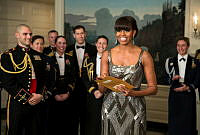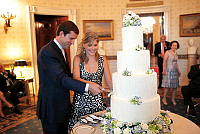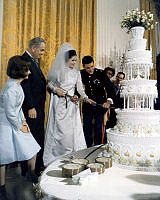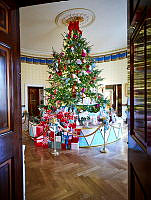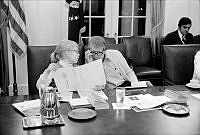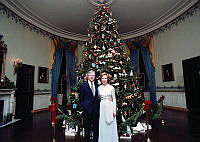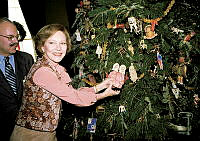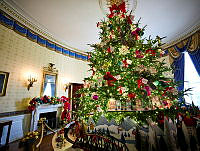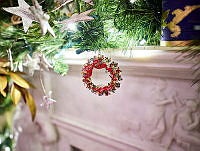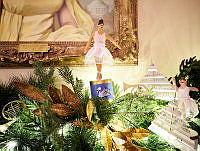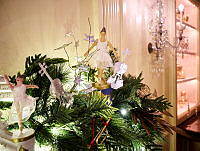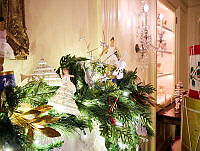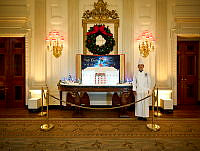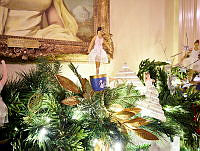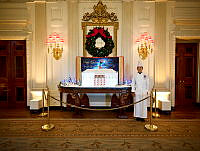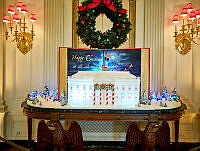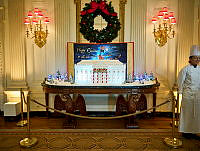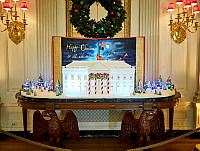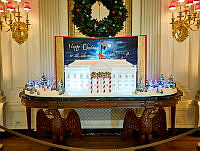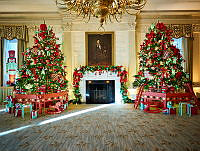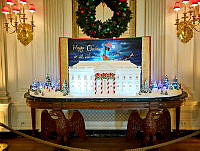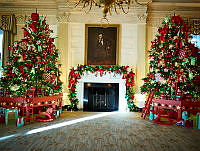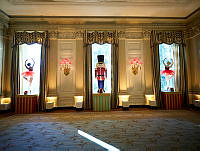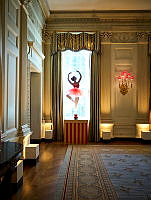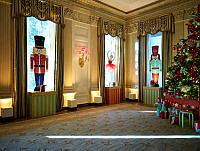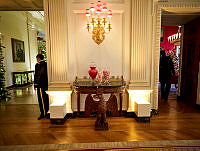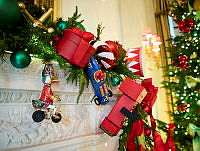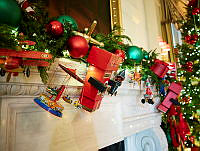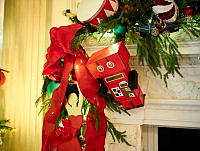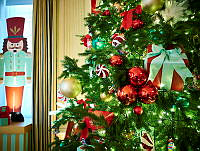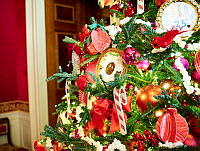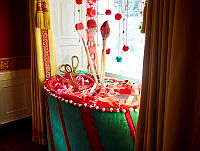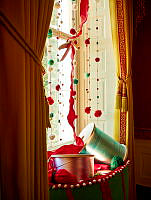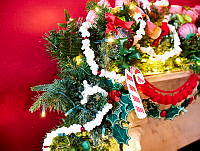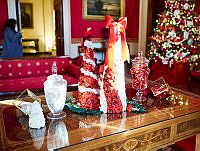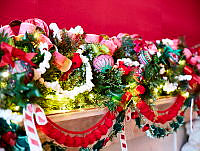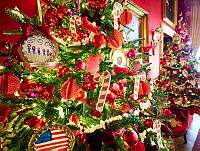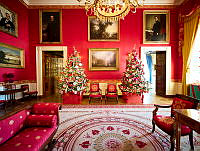Foreword, White House History (Number 26)
Copyright © Fall 2009 White House Historical Association. All rights reserved under international copyright conventions. No part of this article may be reproduced or utilized in any form or by any means, electronic or mechanical, including photocopying, recording, or by any information storage and retrieval system, without permission in writing from the publisher. Requests for reprint permissions should be addressed to books@whha.org
Although a great machine for the presidency, the White House operates entirely by hand. Since it was first occupied in 1800, certainly thousands of employees have worked there in various capacities, as full-time staff, from butlers to ladies’ maids to social secretaries, to carpenters, plumbers, and painters. There is no set rule about size, for the needs change. A century ago, the White House staff was simply a domestic staff of about fifteen. Extra domestic employees came with the presidents, from their homes. Indeed, even the office in the first Roosevelt’s time included only about fifteen people. When Roosevelt built the West Wing, and moved business out of the house, the office staff grew and would continue to grow, and today has expanded into many other buildings in the area. Bradley Patterson’s article in this issue addresses the subject of the presidential staff today.
Some years ago the curator’s office at the White House acquired the unpublished memoirs of the first social secretary of the White House. In this issue Priscilla Roosevelt edits and gives a context for the Theodore Roosevelt part of that memoir. Considered as a duo with her friend Archie Butt’s famous letters, the Hagner memoir is the most important White House account of its time. Photographer Maggie Knaus’s keyhole peeks at the kitchen are the result of an outsider’s work at the White House. And William Allman and Cindi Malinick describe a painting, long missing from the White House, that turned up only recently in a house across Lafayette Park.
The issue is led off by Claire Faulkner’s article on the ushers. A word Americans associate with movie theaters of another time has at the White House an entirely different meaning.

Tom Geer prunes foliage in the East Garden of the White House on a July day. The job of a White House worker involves both repetition—in a place of many traditions—and innovation in a place always new.




